Centennial woods are a unique and essential part of the UVM community. Because the area is so easily accessible, students as well as other people in the area visit frequently. Even without people there, it is clear it is a utilized place. The brook always has new little stacks of rocks, and the surrounding area has a fort made out of branches. I even see peoples belongings, like bikes, hammocks, etc. left in the woods. Centennial woods have been a huge part of mine and other’s learning experience this year at UVM, and it is also loved just as much by people in the surrounding community.
I definitetly consider myself a part of Centennial Woods. Us and the brook are a part of the Winooski watershed, so everyone living here has an impact on the health of nearby waterways. It is important to remember we are a part of all of the nature around us to understand the connection between human and environmental health. Our actions significantly impact the state of the environment, in turn causing human health issues. Because I chose Centennial Woods as my phenology place, I was able to create an even closer relationship. I observed the seasonal changes from September to my most recent visit this past week, and I’ve developed a strong understanding of the woods learning more every time I visited. I have also brought my friends who are not in Rubenstein and aren’t introduced to the woods here. I have loved learning about the phenology of Centennial Woods and definitetly plan to continue visiting next semester, overall I am very grateful for its accessibility for the UVM community.
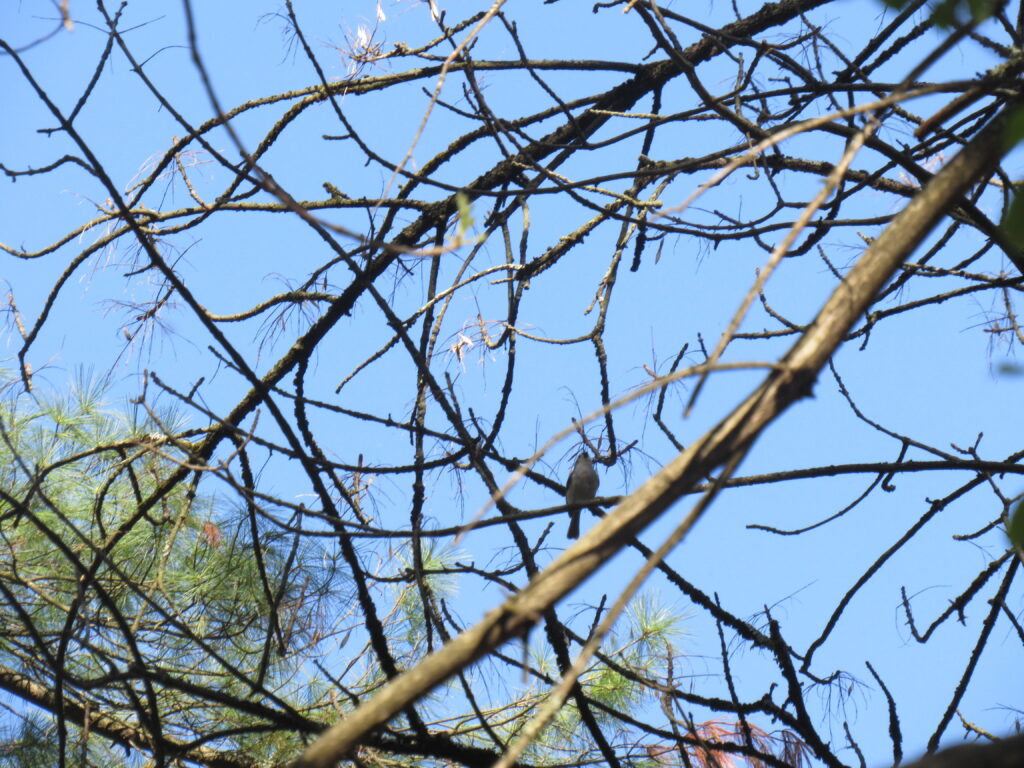
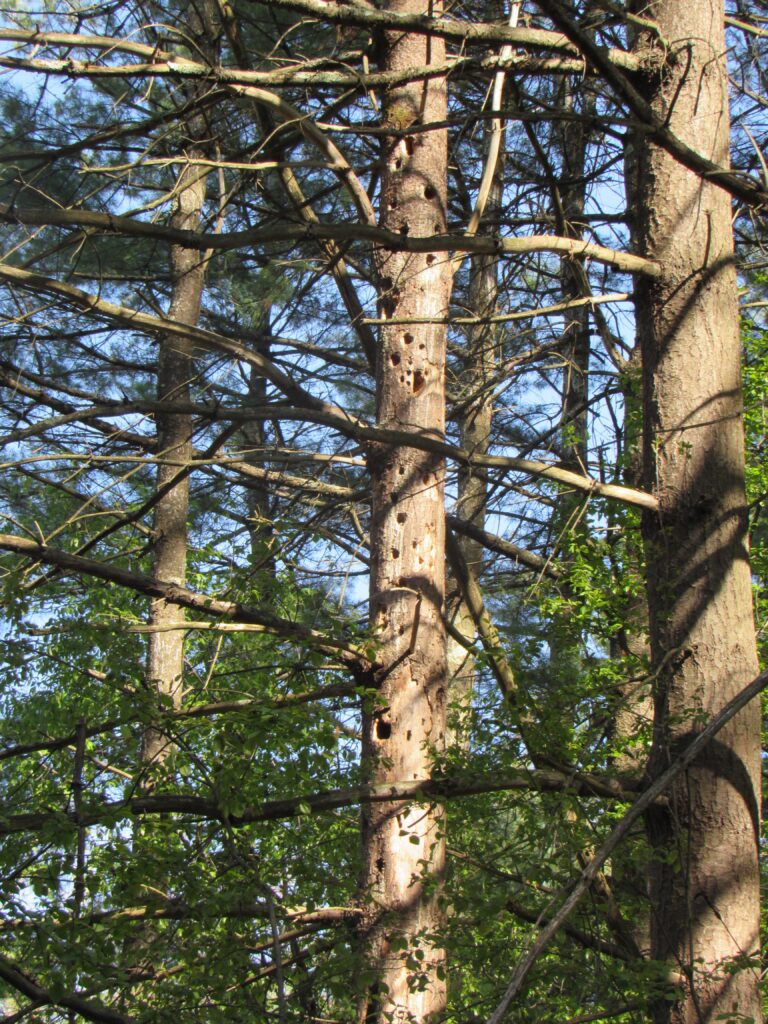
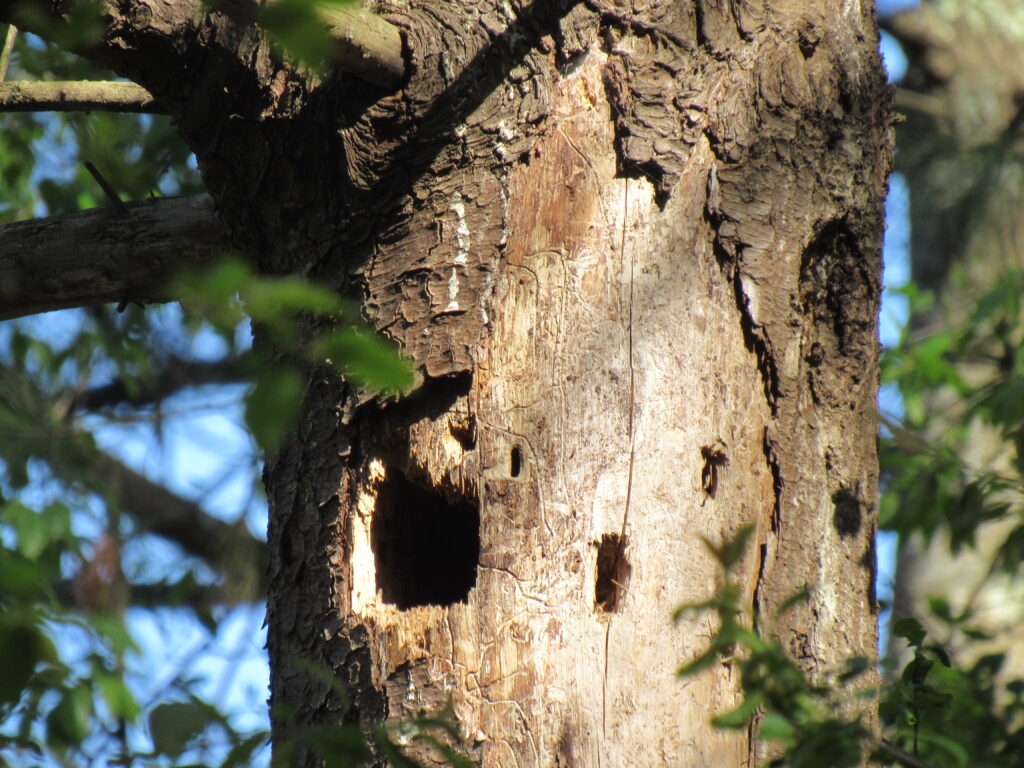
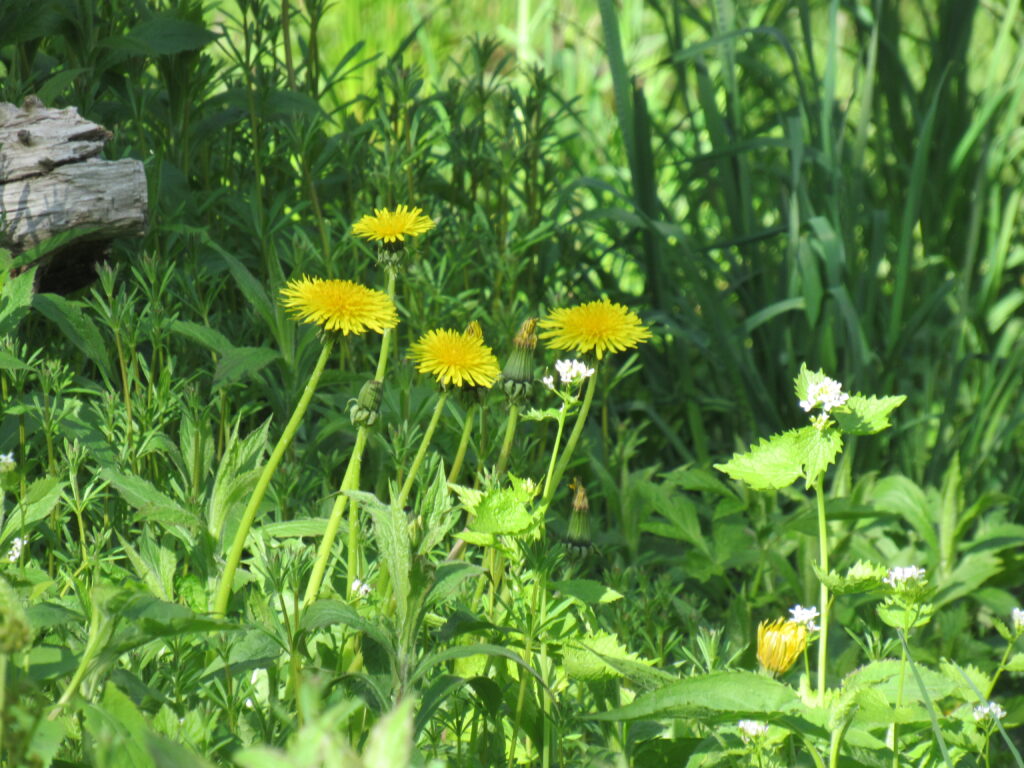
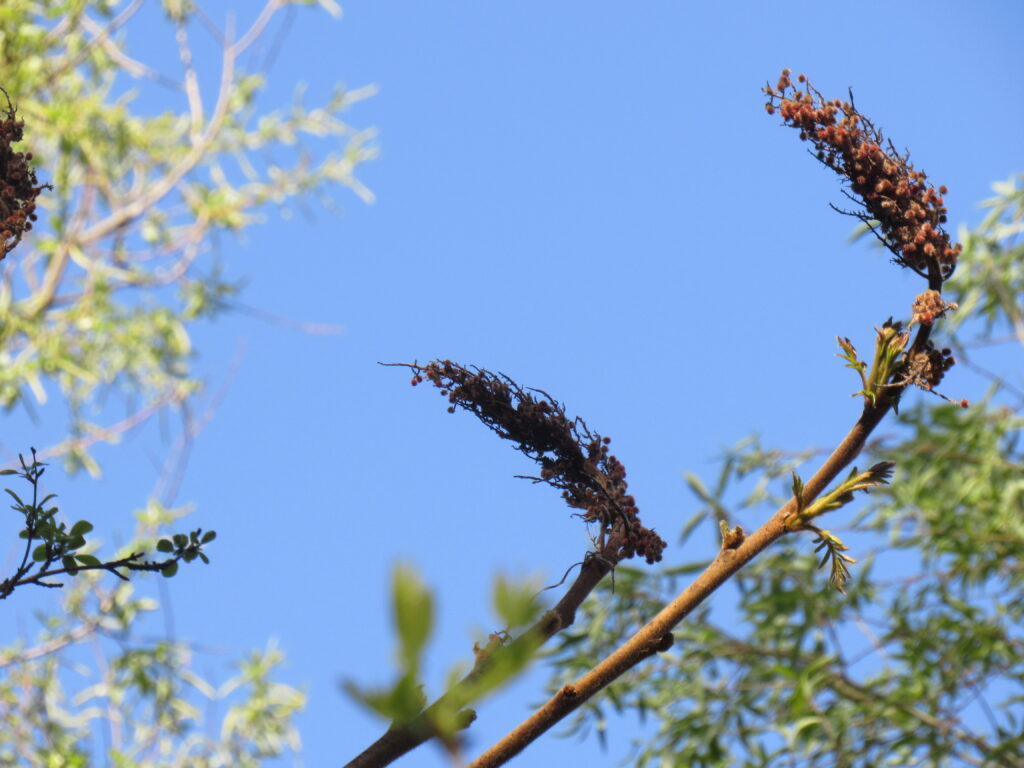
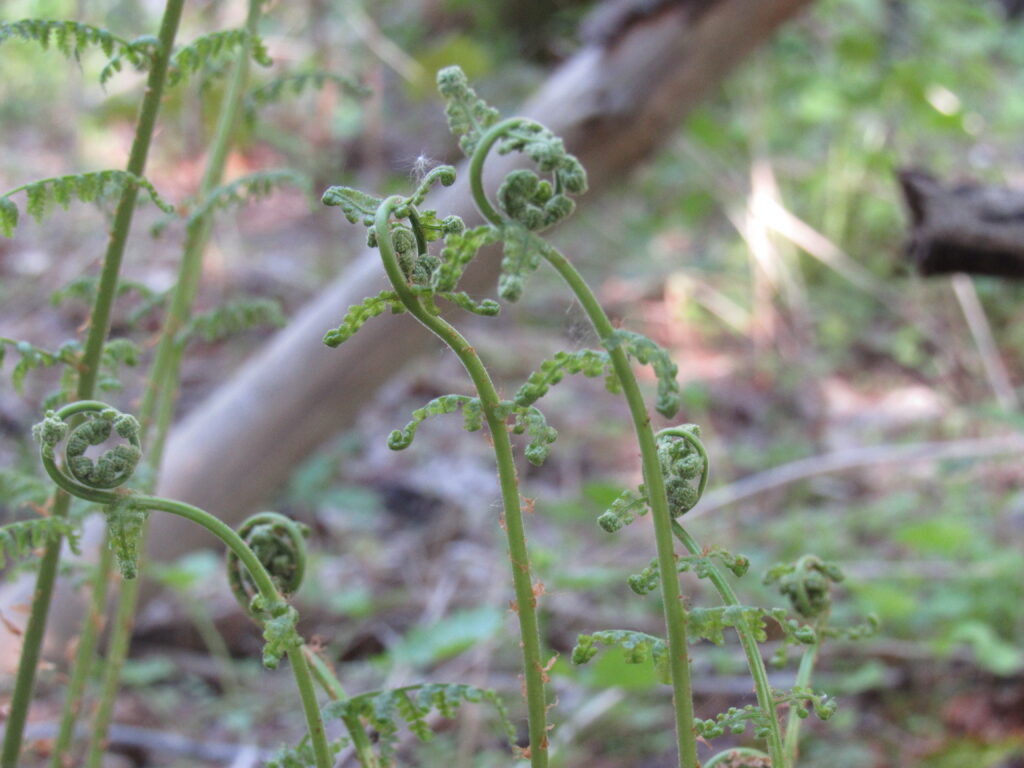
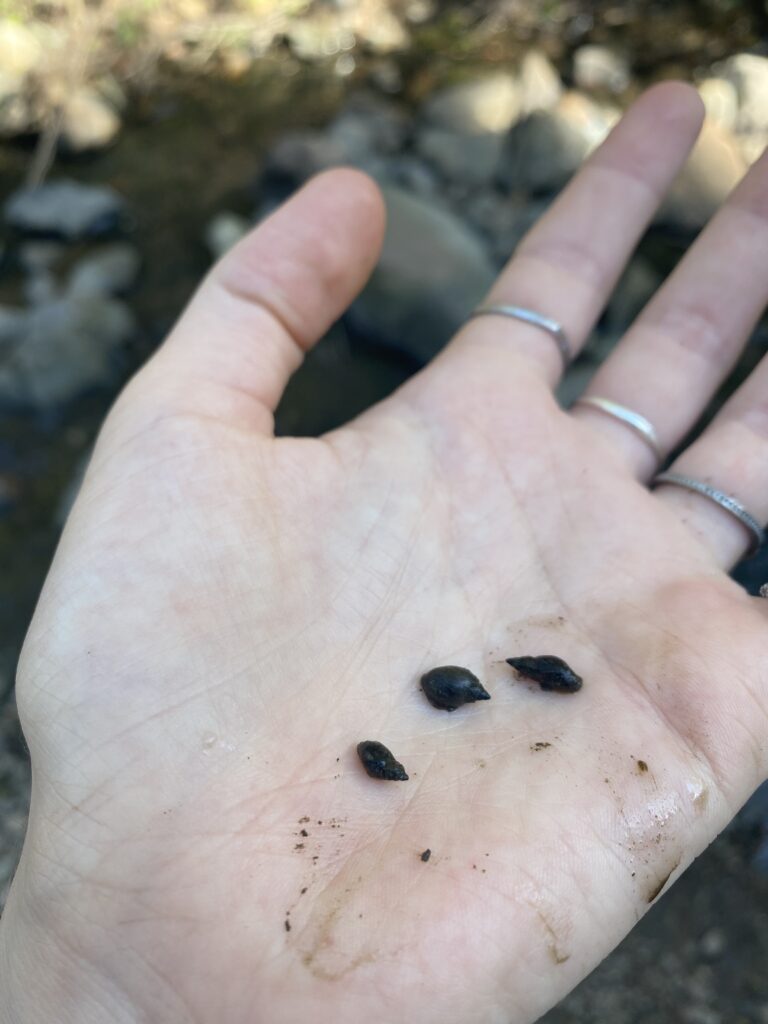
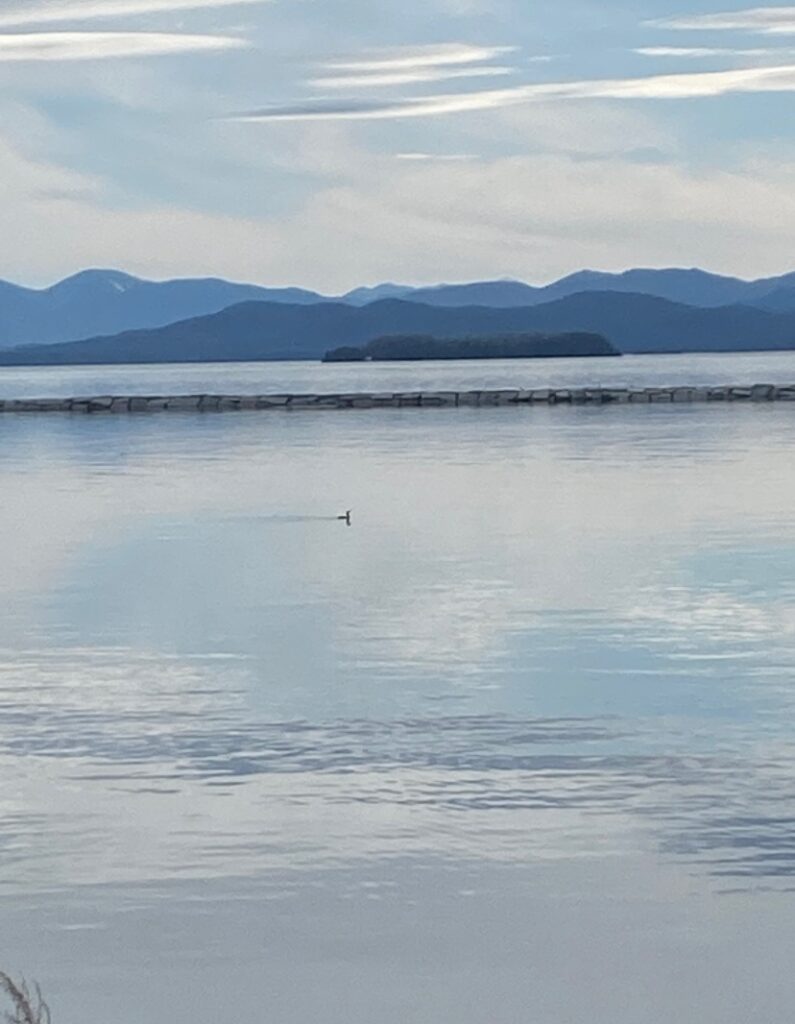
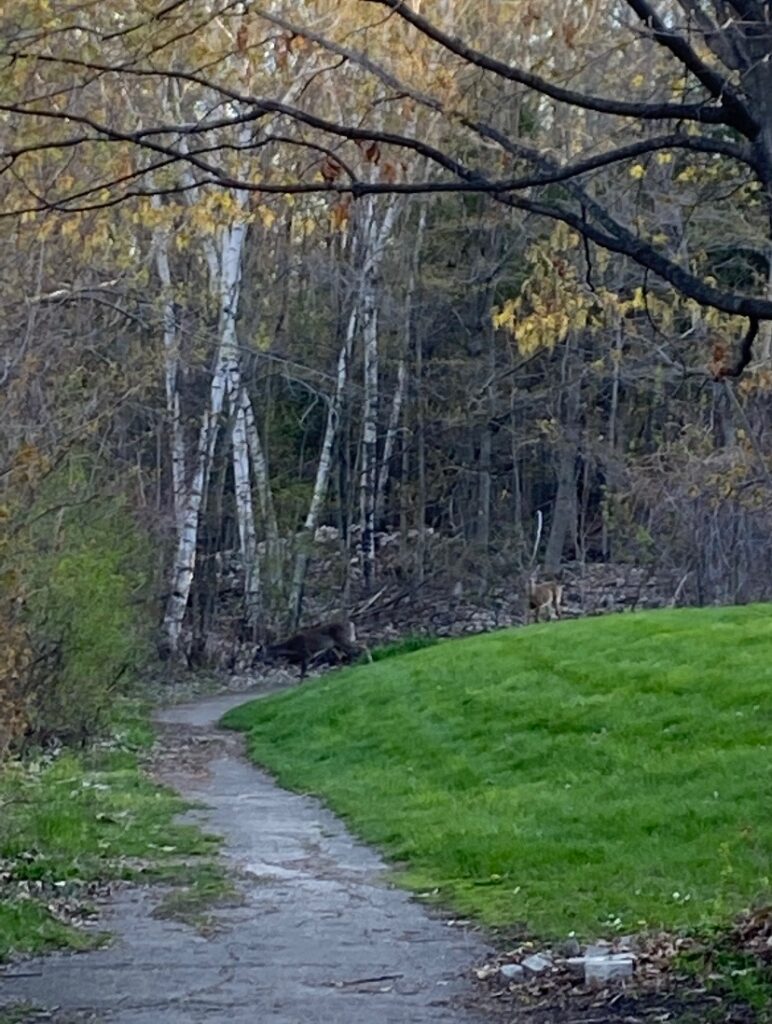
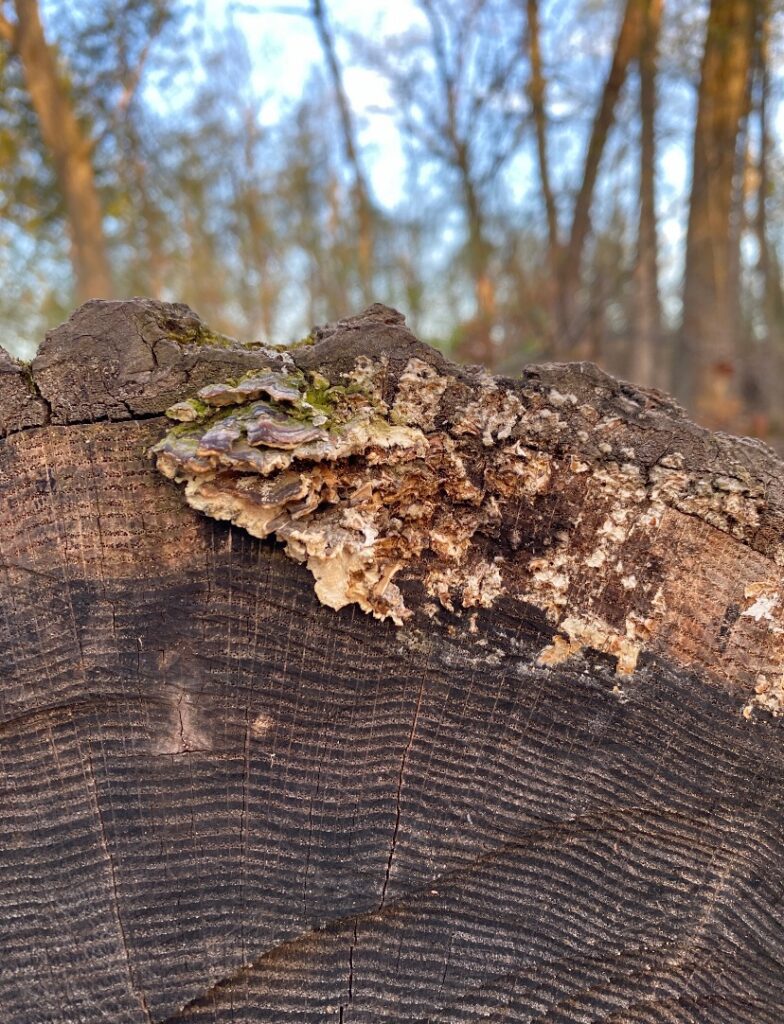
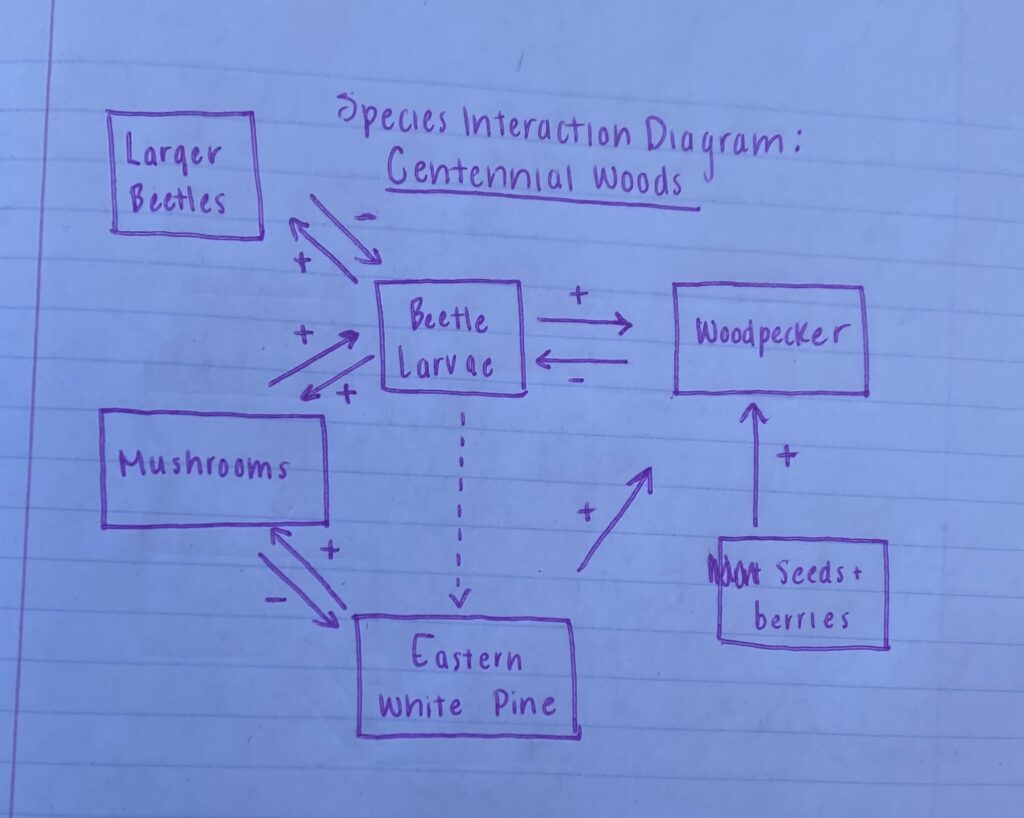
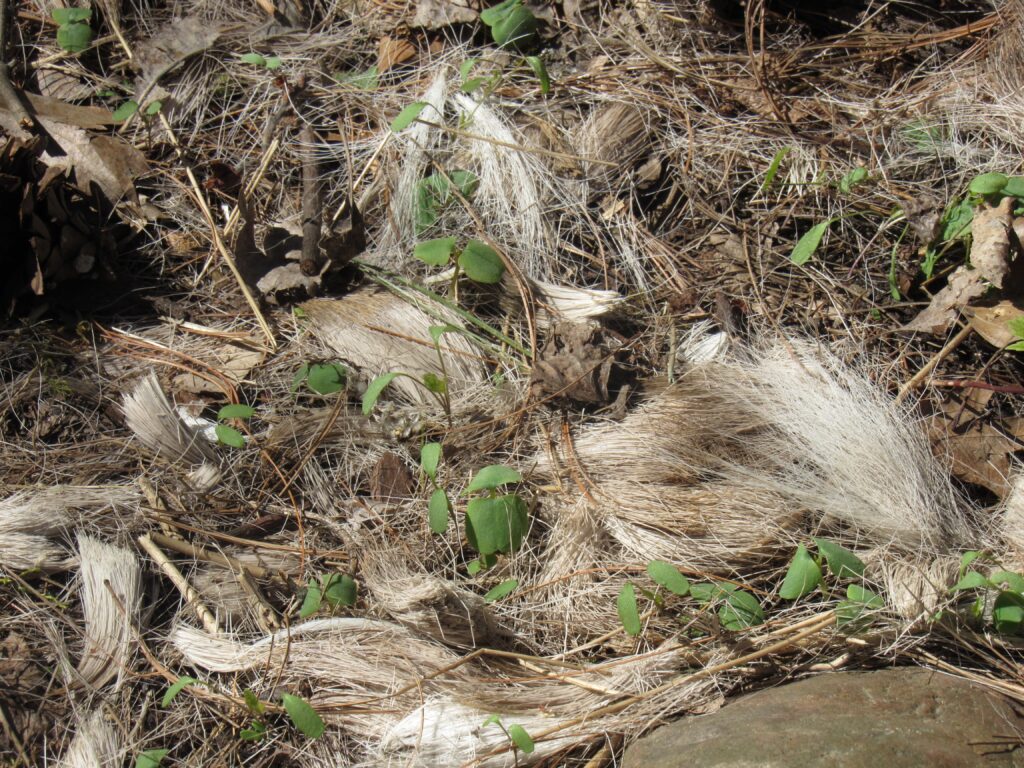
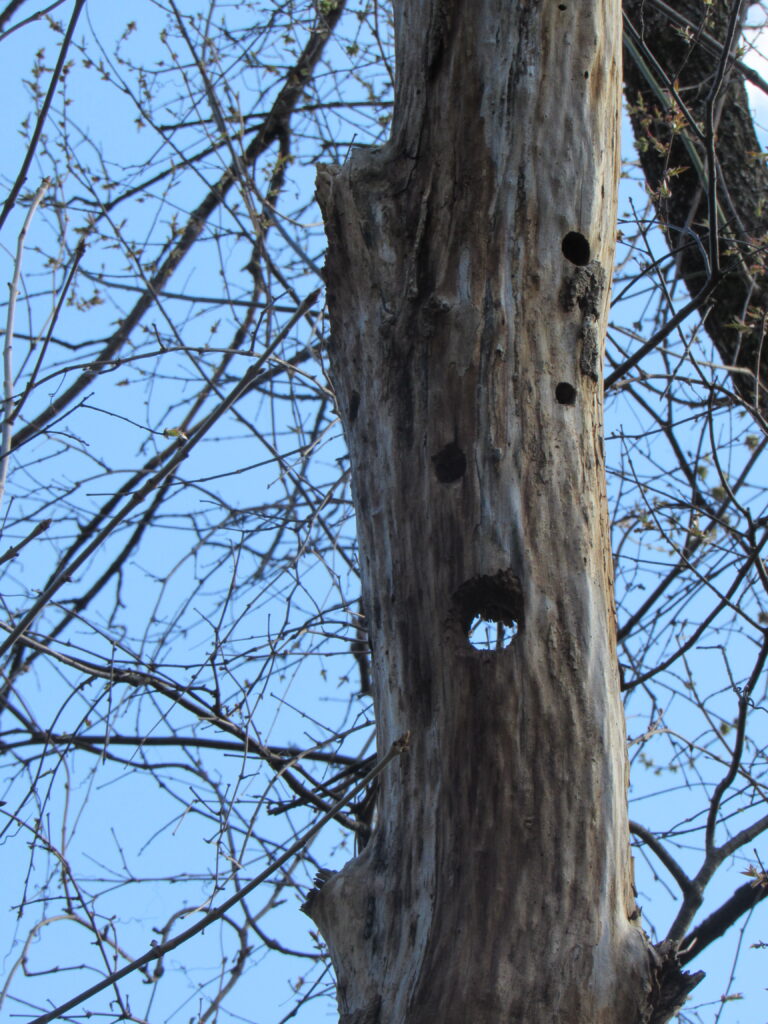
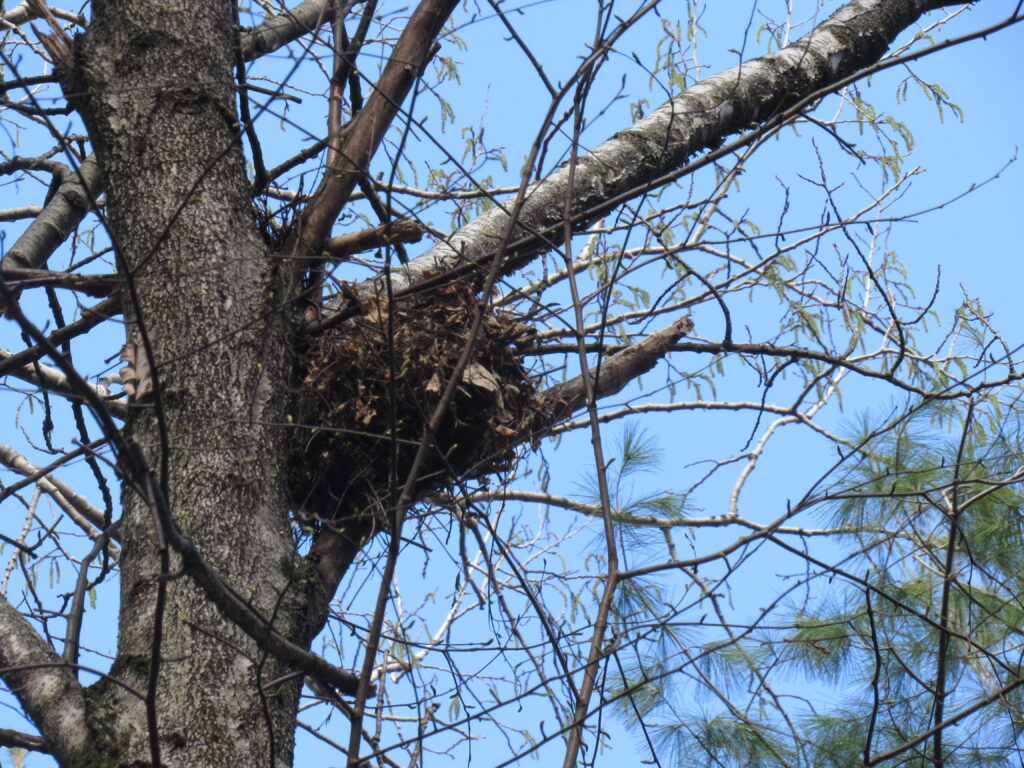
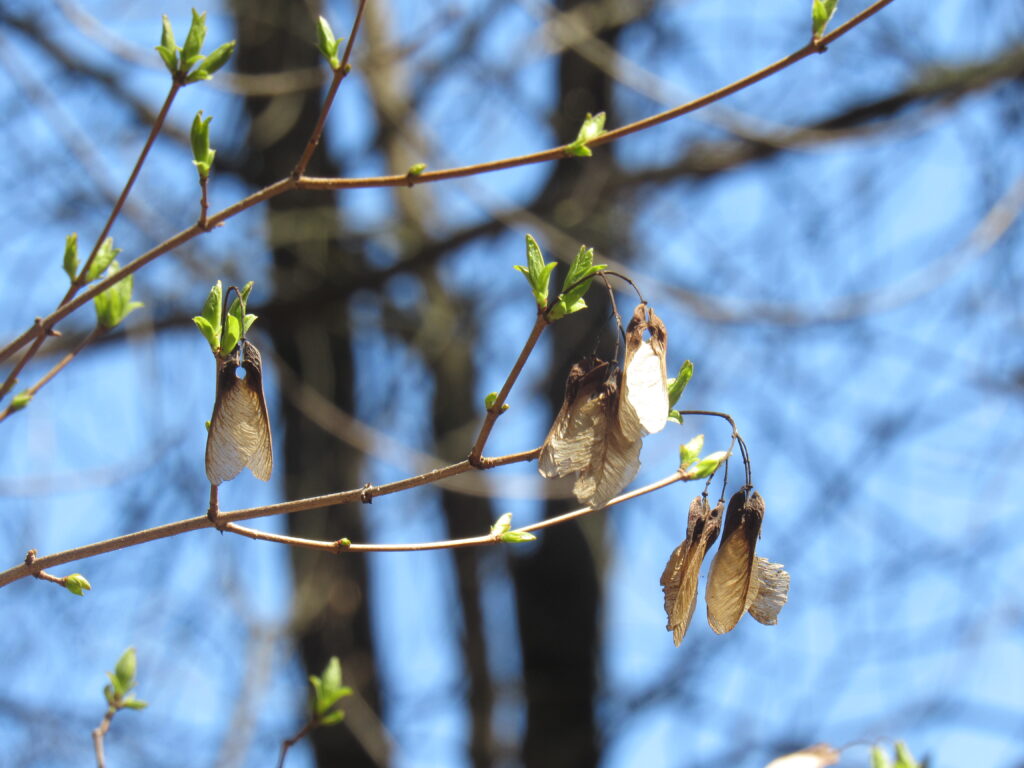
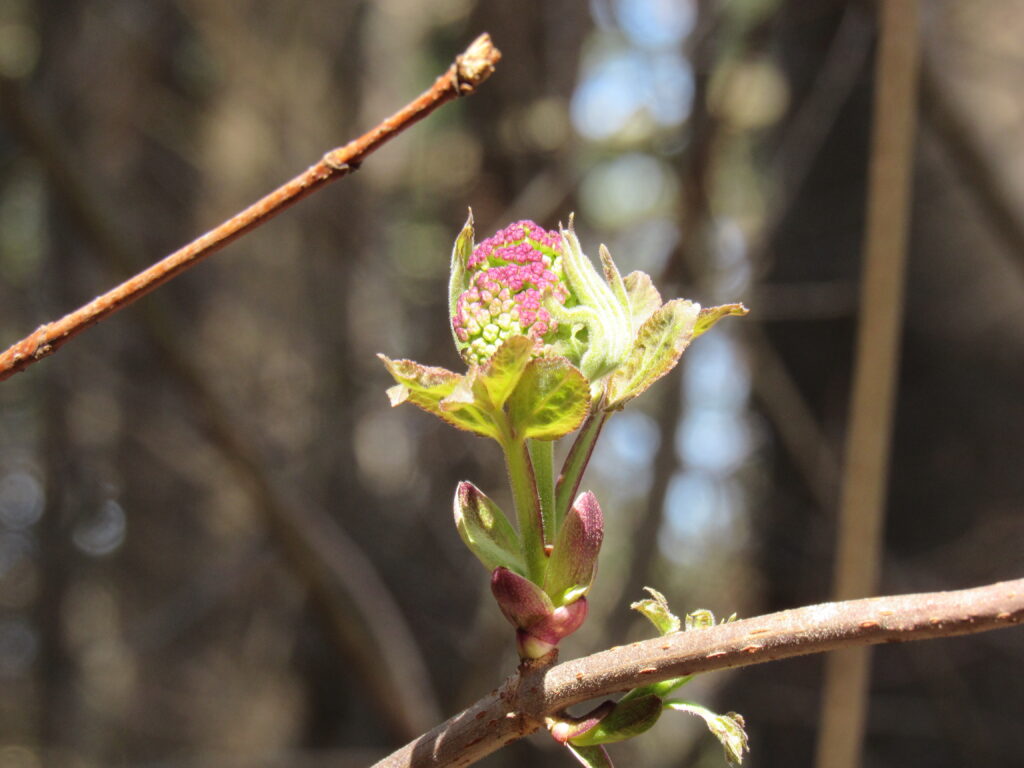
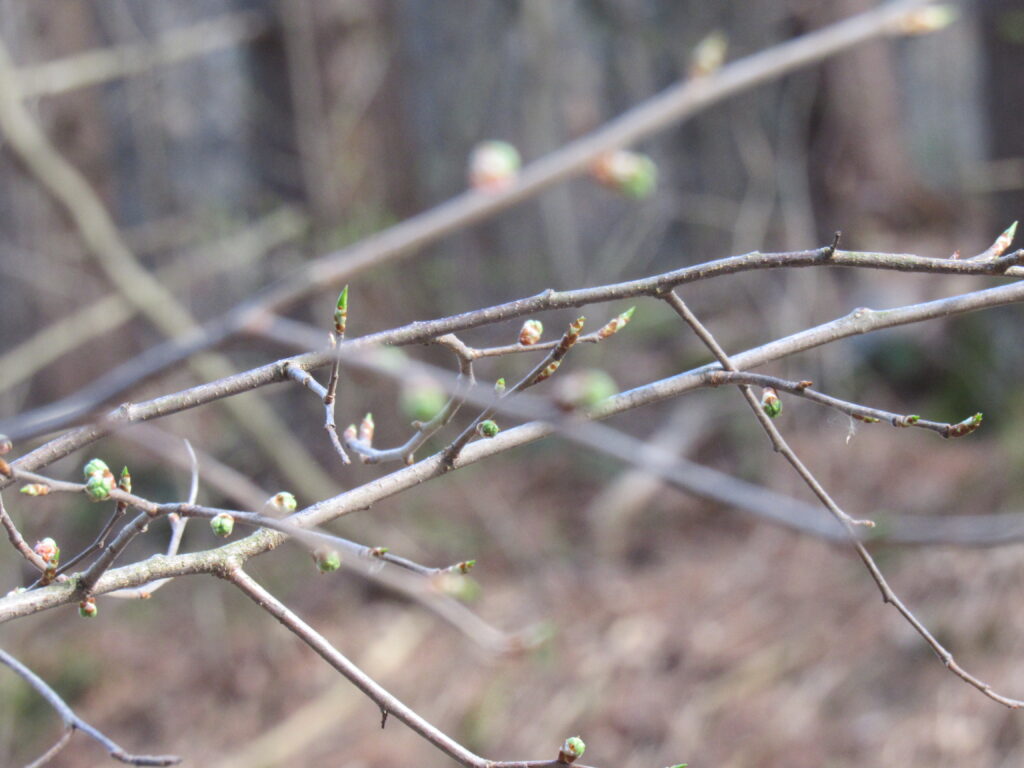
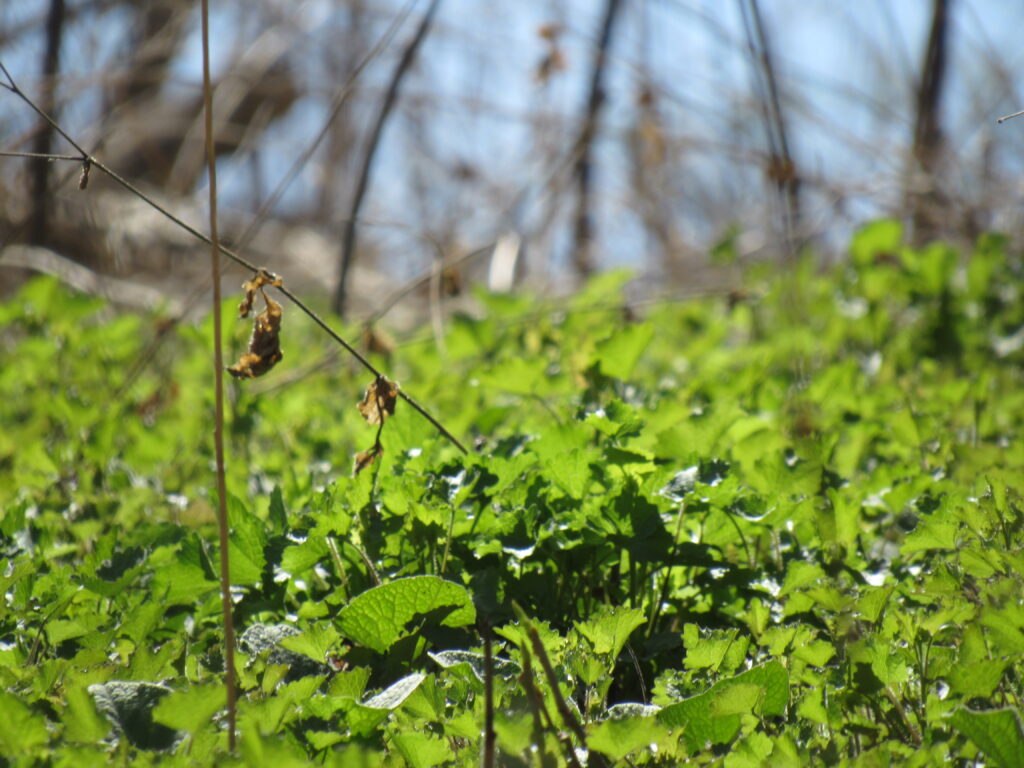
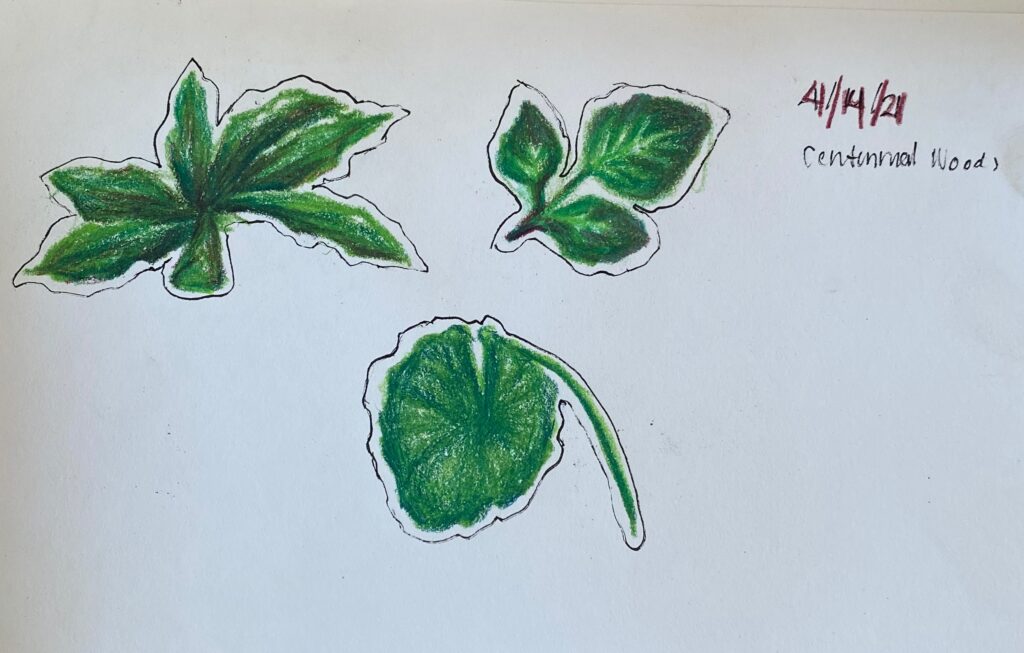
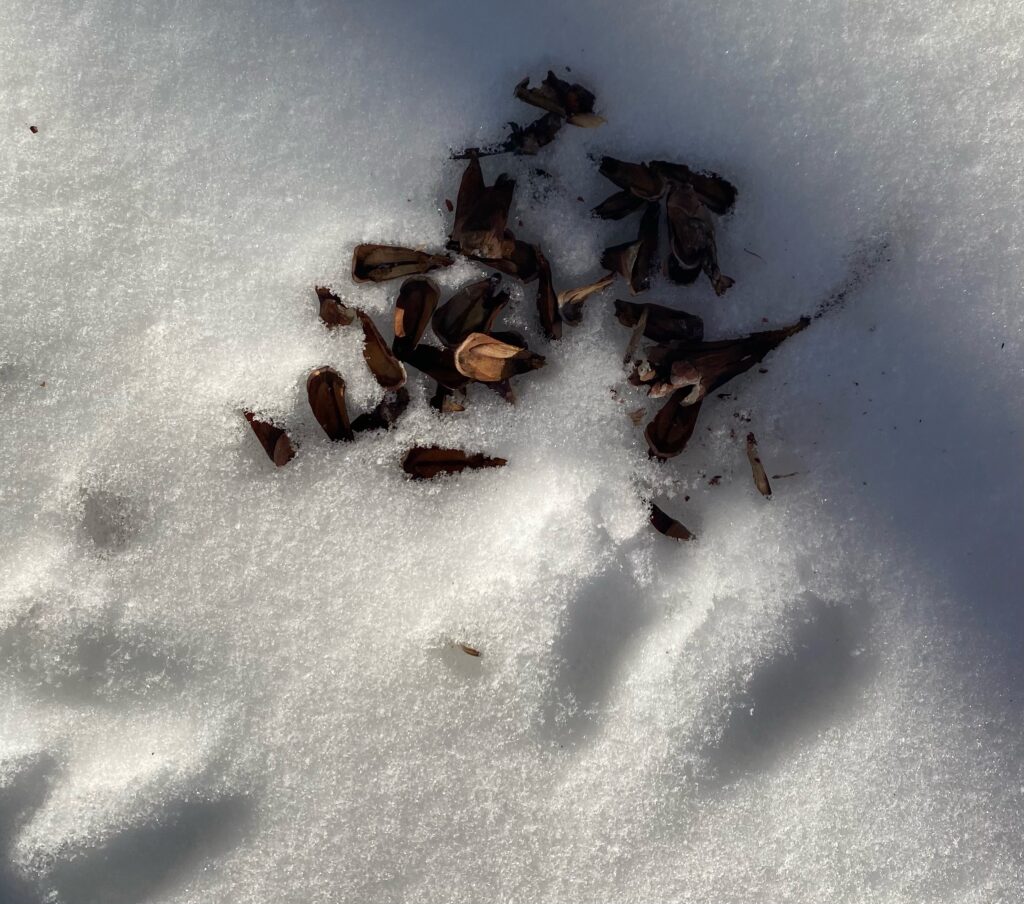
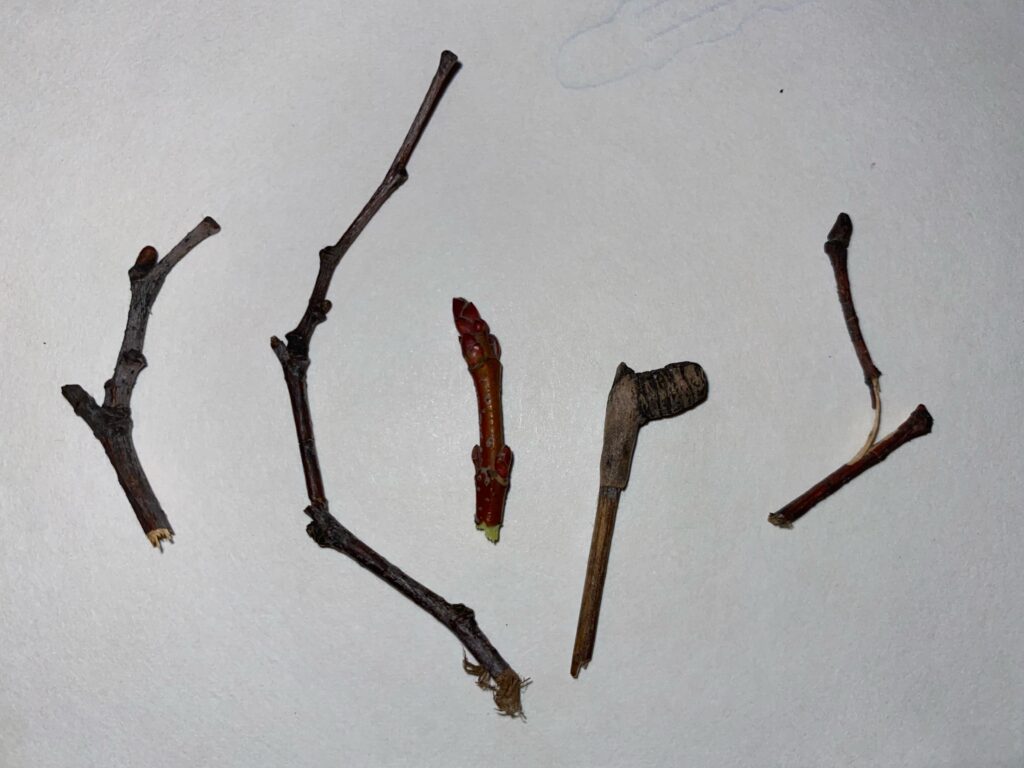
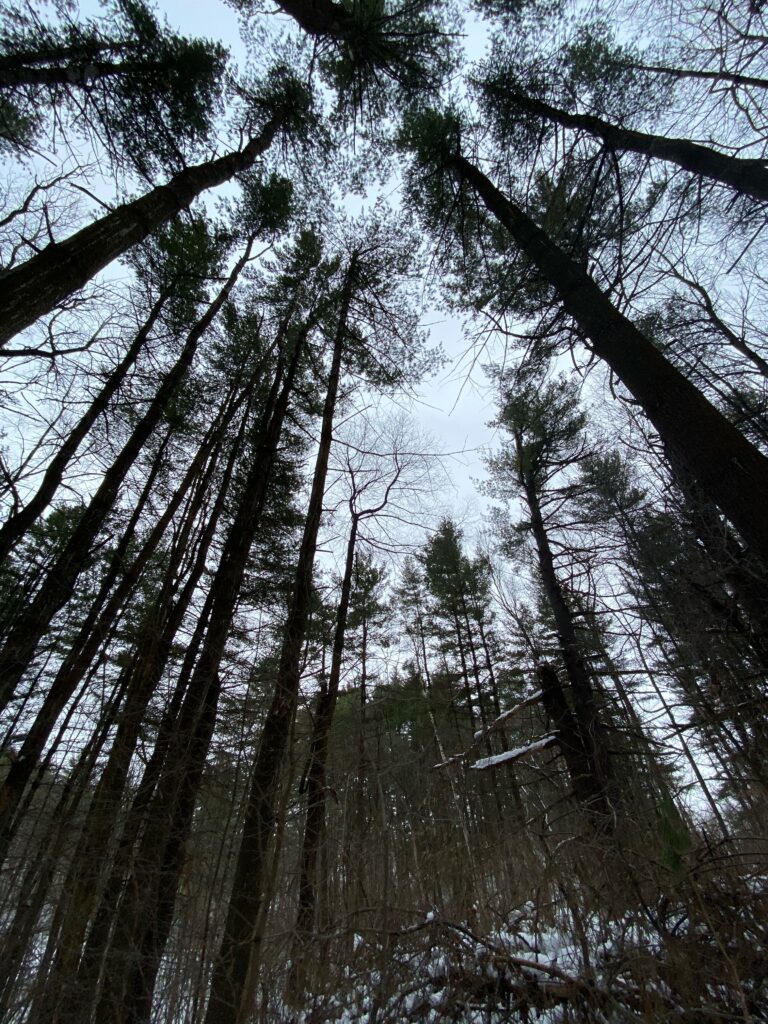
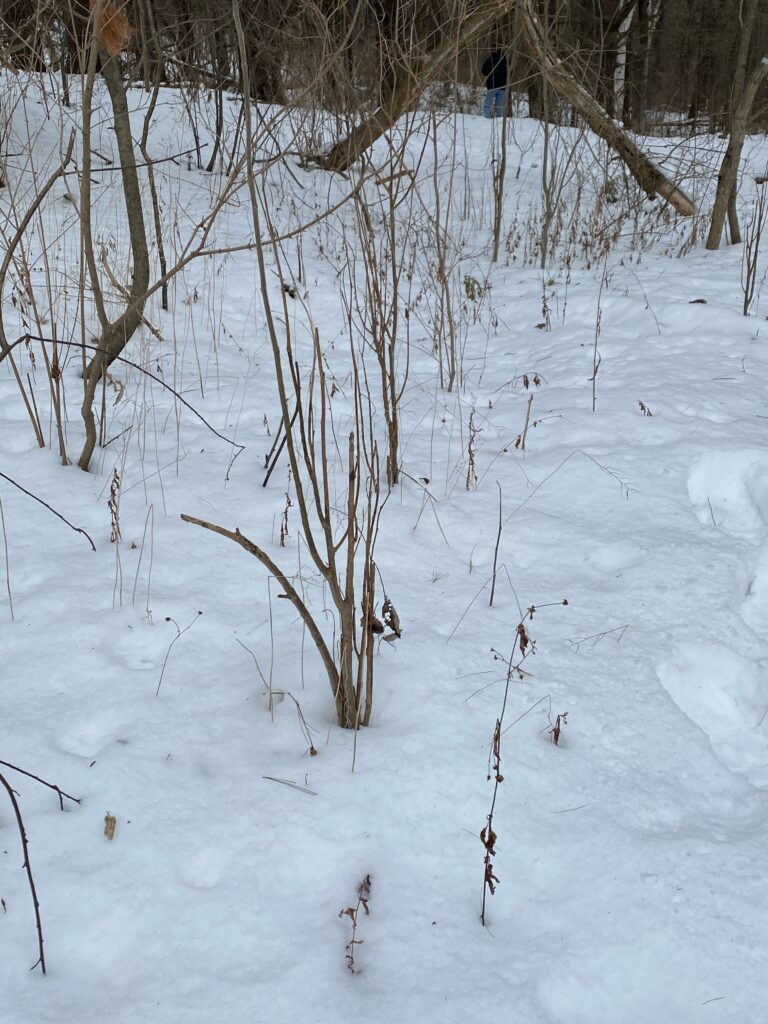
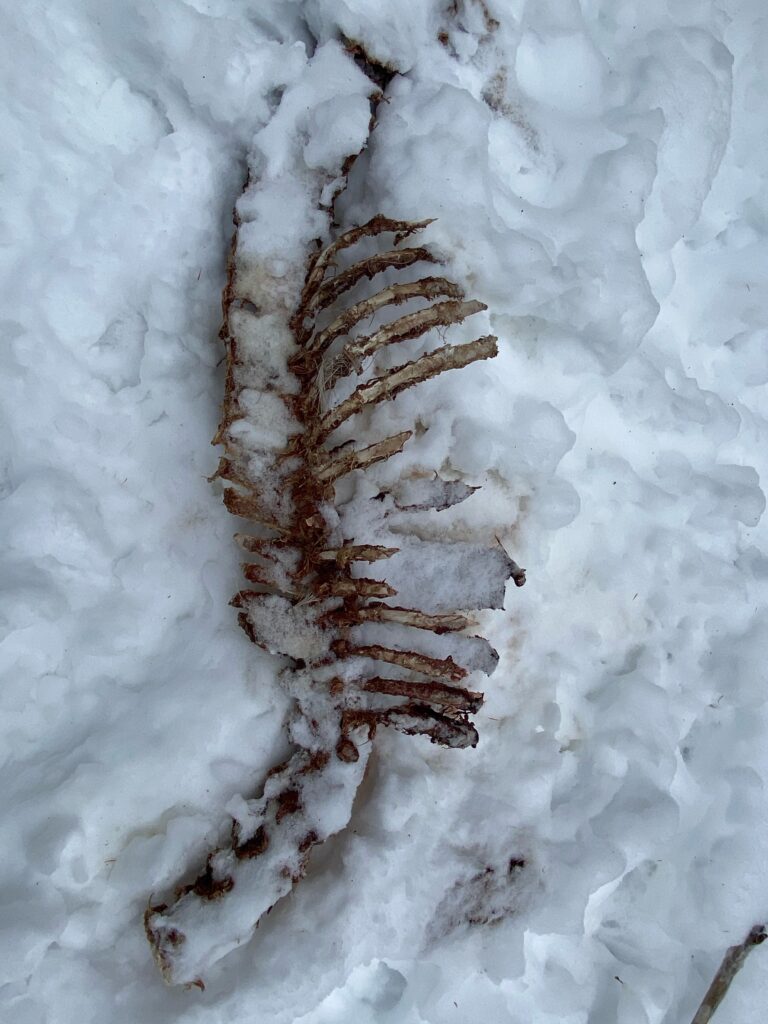
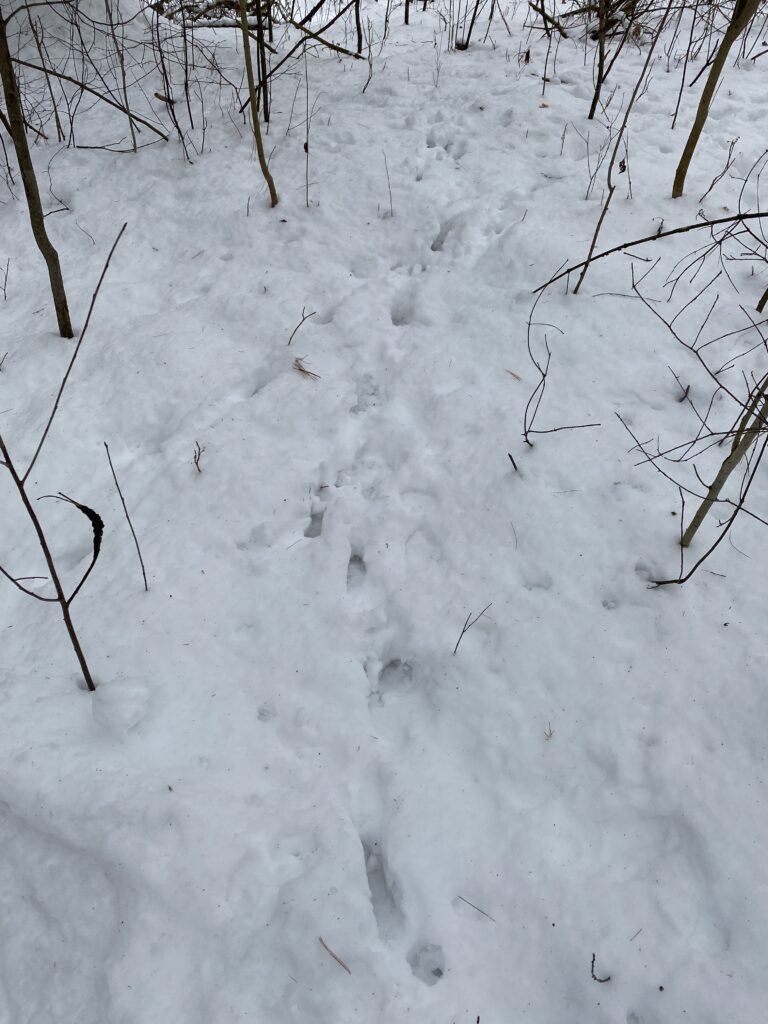
Recent Comments